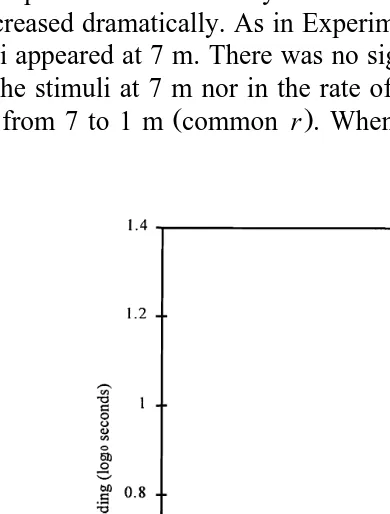Directory UMM :Data Elmu:jurnal:A:Applied Animal Behaviour Science:Vol69.Issue3.Oct2000:
Teks penuh
Gambar




Dokumen terkait
At 7 days after the (start of) treatments, isolated gilts, irrespective of previous social defeat, took signi®cantly longer to contact the novel object than those that were pair-
Since the chapters on stress and aggression also contain information on reproductive behavior, this book fails to disabuse us of the notion that behavioral endocrinologists are
We conclude that there was no evidence that cows, subjected to normal premilking management, are discomforted when milked on a non-preferred side of the milking parlour; poor
Possible explanations for the changes in feeding behaviour when pigs are moved from individual to group housing are competition, group cohesion, or that the high frequency of
Appl. For example, broiler breeder females may not be receptive to male courtship advances, and may avoid males, thus causing frustration in otherwise normal males. The objective
yellow, white or red. Each device consisted of three 8-cm-long strands of the same colour of polypropylene twine tied together at one end with clear tape. These were suspended from
response to the introduction of rams ‘ram effect’ is dependent upon pheromonal and sexual behavioural stimuli emitted by the rams. Close contact with oestrous ewes is likely to
status was assessed by: the delayed-type hypersensitivity DTH response to phytohemagglutinin-P Ž PH-P injection; the humoral response to a killed Newcastle disease virus NDV

